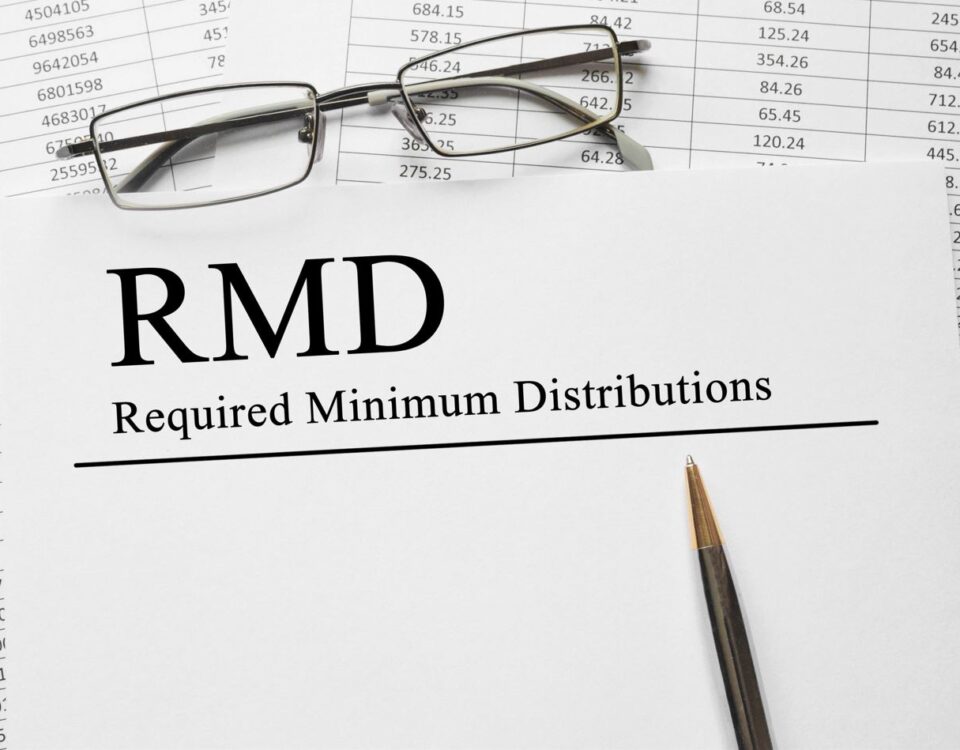
Gig Workers Should Understand Their Tax Obligations
December 28, 2021
Defer Tax with a Like-Kind Exchange
January 3, 2022Standard Mileage Rates for 2022
(via National Association of Tax Professionals Blog)
The IRS issued the 2022 optional standard mileage rates used to calculate the deductible costs of operating an automobile for business, charitable, medical or moving purposes. Beginning Jan. 1, 2022, the standard mileage rates for the use of a car (also vans, pickups or panel trucks) will be:
- 58.5 cents per mile driven for business use
- 18 cents per mile driven for medical care or moving expenses for purposes of certain members of the Armed Forces
- 14 cents per mile driven in service of charitable organizations
Notice 2022-03 contains the standard mileage rates, the amount a taxpayer must use in calculating reductions to basis for depreciation taken under the business standard mileage rate, the maximum standard automobile cost that a taxpayer may use in computing the allowance under a fixed and variable rate plan, and the maximum fair market value of employer-provided automobiles.
Bonus News Update: Did you know there is tax relief for tornado victims?
The IRS extended relief for Illinois and Tennessee tornado victims. These taxpayers will have until May 16, 2022, to file various individual and business tax returns, and make tax payments. The IRS disaster relief page has details on returns, payments and tax-related actions qualifying for the additional time, as well as the specific locations of relief.
The IRS automatically provides filing and penalty relief to any taxpayer with an IRS address of record located in the disaster area. Thus, taxpayers need not contact the IRS to get this relief. However, affected taxpayers who receive a late filing or late payment penalty notice from the IRS that has an original or extended filing payment, or deposit due date falling within the postponement period, should call the number on the notice to have the penalty abated.
In addition, the IRS will work with any taxpayer who lives outside the disaster area but whose records necessary to meet a deadline occurring during the postponement period are located in the affected area.
This is a good reminder for all tax professionals to have an emergency preparedness plan. The goal is to secure and duplicate essential documents, create lists of property and know where to find information once a disaster has occurred. The NATP: Plan and Recover Toolkit includes downloadable resources for you to create your own business continuity and recovery plans.




